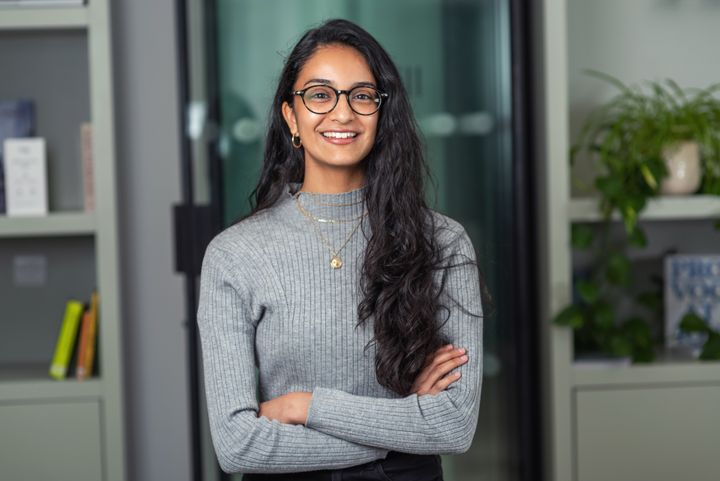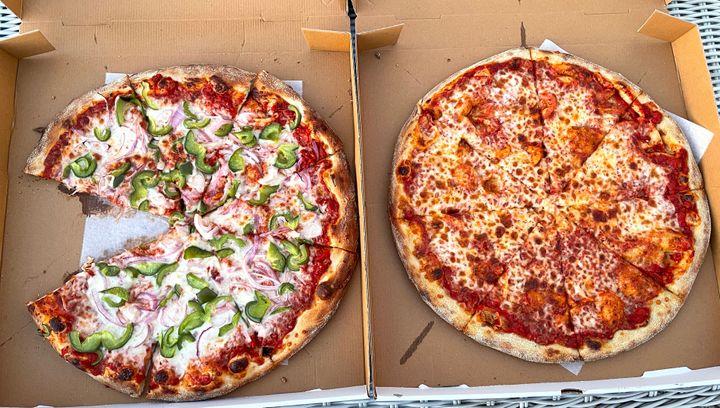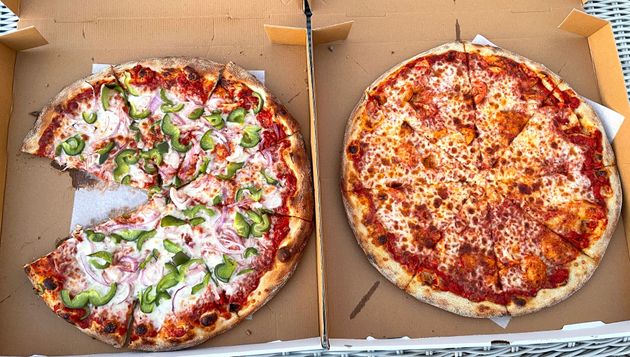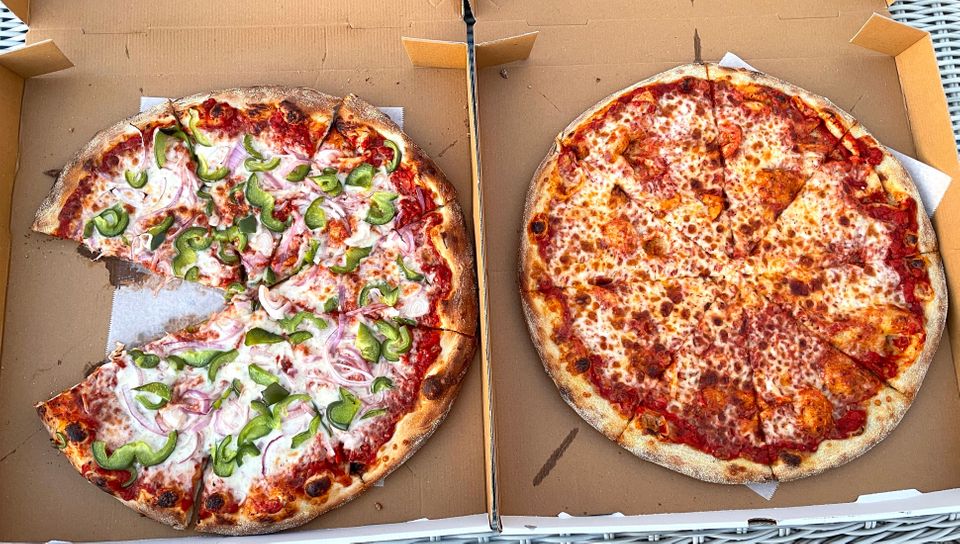Thousands of young people are being groomed, harmed and “even killed” because systems are failing them, a scathing report has found.
Primary school children are running drugs for gangs and teenagers are heading up county lines operations, according to the former children’s commissioner.
Advertisement
Anne Longfield is now calling on the government to create “Sure Start Plus” – a national plan to stop teenagers getting involved in gangs and violence.
Her report, Hidden In Plain Sight, warns of a crisis putting hundreds of thousands of children at risk in England.
Younger children are being targeted by gangs as well as children from typically middle class backgrounds, with social media used to lure them.
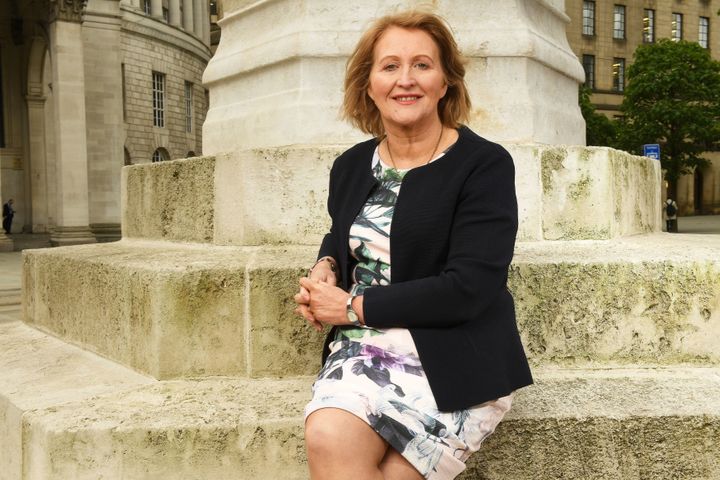
Russell Sach/Children’s Commissioner for England via PA Media
Advertisement
The report said a combination of Covid, a cost-of-living crisis, and any return to austerity would be a “gift” to those who exploit children.
Longfield, who heads up the Commission on Young Lives, said: “There are parts of our country where the state is completely failing in its duty to protect vulnerable children from the ongoing epidemic of county lines, criminal exploitation, and serious violence.”
She described a housing estate where residents were being “terrorised” by a gang of drug dealing 14 year olds who wear balaclavas and “dish out acts of violence”.
“They carried knives and other weapons, which in turn was encouraging other young people in the area to carry knives for protection,” her foreword said.
“What is happening on this estate may sound like an extreme example, but it is far from unique.
“Speak to youth workers in our towns and cities and they will tell you their own horror stories: of young people being chased in broad daylight by other teenagers waving machetes, of homes where the young people involved in the drugs trade are the main breadwinner in the family, of communities where organised criminals seek out and groom very vulnerable children who have fallen through gaps in the care, health, or education systems, almost with impunity.”
Advertisement
She said there were parts of the country where the state was “completely failing” in its duty to protect vulnerable children.
“So often these are already the most marginalised families. So often they are black, brown and minority ethnic. So often they are poor.”
However, she said the epidemic of country lines was not limited to inner cities, adding: “I have heard countless examples of children from suburban, middle-class England being groomed by criminals.”
Government figures covering 2021-22 show there were 11,600 instances where gangs were a factor and 10,140 instances where child criminal exploitation was a factor in assessments of children in need – which the commission believes is the tip of the iceberg.
Estimates suggest there could be as many as 200,000 children in England aged 11 to 17 who are vulnerable to serious violence.
Advertisement
Those most at risk are teenagers growing up in poverty, in deprived areas, and they are disproportionately from black, brown and minority ethnic backgrounds.
The commission warned that social care, education, family support, and children’s mental health systems were failing thousands of vulnerable teenagers and costing billions.
They said Sure Start Plus programmes could be partly financed by the millions of pounds recovered from the proceeds of crime every year.
They would initially be placed in the areas of greatest need and bring local services together to provide bespoke services for families and children who need it.
They are named after the New Labour “Sure Start” programme aimed at giving children the best start in life that was then scrapped by the Tory government.
Advertisement
The Commission suggested a one off £1 billion children and young people’s mental health recovery programme, part-financed by a levy on social media companies and mobile phone providers.
And they also called for the government to hold regular Cobra meetings to tackle the scourge of serious violence.
Labour’s shadow education secretary, Bridget Phillipson, said the Conservatives were failing children.
“12 years of Conservative neglect has eroded the systems that keep children safe and that put young people on the path to fulfilling futures, blighting lives and costing taxpayers in the process,” she said.
HuffPost UK contacted the department for education for comment.




